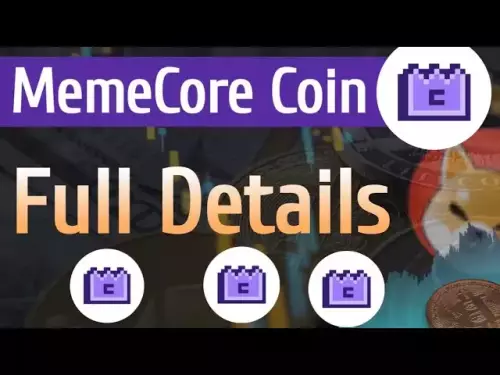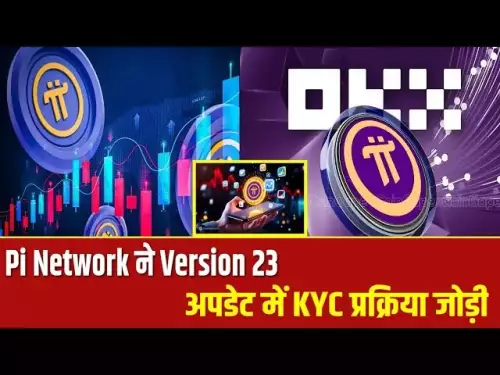-
 Bitcoin
Bitcoin $111200
0.44% -
 Ethereum
Ethereum $4302
0.12% -
 XRP
XRP $2.835
0.93% -
 Tether USDt
Tether USDt $1.000
0.06% -
 BNB
BNB $870.9
1.41% -
 Solana
Solana $203.8
0.29% -
 USDC
USDC $0.9999
0.03% -
 Dogecoin
Dogecoin $0.2178
1.53% -
 TRON
TRON $0.3284
-0.90% -
 Cardano
Cardano $0.8288
0.92% -
 Hyperliquid
Hyperliquid $47.24
1.45% -
 Chainlink
Chainlink $22.34
0.67% -
 Ethena USDe
Ethena USDe $1.001
0.05% -
 Sui
Sui $3.391
1.19% -
 Bitcoin Cash
Bitcoin Cash $598.8
-2.18% -
 Stellar
Stellar $0.3581
0.37% -
 Avalanche
Avalanche $24.59
1.88% -
 Hedera
Hedera $0.2199
1.96% -
 Cronos
Cronos $0.2631
-2.42% -
 UNUS SED LEO
UNUS SED LEO $9.490
-0.66% -
 Litecoin
Litecoin $114.0
2.18% -
 Toncoin
Toncoin $3.090
0.86% -
 Shiba Inu
Shiba Inu $0.00001237
0.84% -
 Polkadot
Polkadot $3.859
1.53% -
 World Liberty Financial
World Liberty Financial $0.2393
25.43% -
 Uniswap
Uniswap $9.388
1.32% -
 Dai
Dai $0.9999
0.02% -
 Ethena
Ethena $0.7417
-0.13% -
 Monero
Monero $269.7
-0.63% -
 Aave
Aave $301.5
0.20%
How to Trade Perpetual Contracts on Bybit: A Practical Walkthrough
Set up your Bybit account, enable 2FA, deposit funds, and navigate to the Contract interface to start trading perpetuals with proper risk management.
Sep 07, 2025 at 05:55 pm
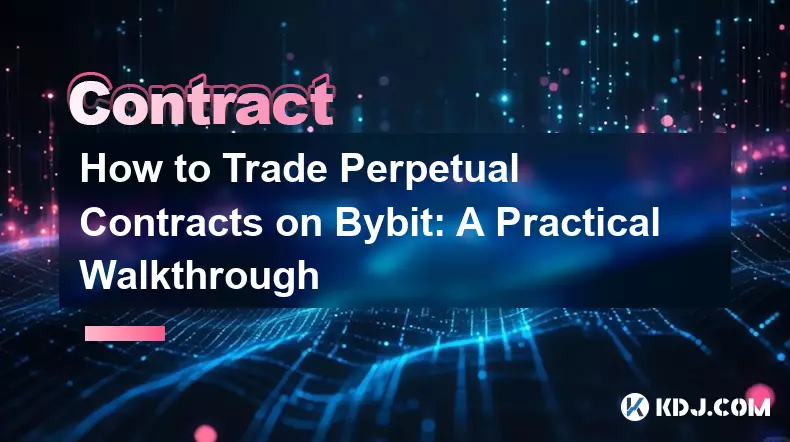
Setting Up Your Bybit Account for Perpetual Trading
1. Navigate to the official Bybit website and complete the registration process by providing a valid email address and creating a secure password. Verification via email or phone number is required to activate the account.
2. Enable two-factor authentication (2FA) using an authenticator app like Google Authenticator. This step significantly enhances the security of your trading funds and personal data.
3. Complete the identity verification (KYC) process if you plan to increase withdrawal limits or access advanced features. Although not mandatory for basic trading, it is recommended for long-term users.
4. Deposit funds into your account using supported cryptocurrencies such as USDT, BTC, or ETH. Ensure you select the correct network to avoid irreversible fund loss.
5. Switch to the Contract interface from the main dashboard to access perpetual contracts. Choose between inverse and linear contracts based on your preference and asset type.
Navigating the Perpetual Contract Interface
1. Locate the trading pair you wish to trade, such as BTC/USDT or ETH/USDT, and select the perpetual contract option. The platform displays key metrics like mark price, funding rate, and open interest.
2. Observe the order book and recent trades panel to gauge market sentiment and liquidity. A dense order book indicates strong market depth, which can influence execution speed.
3. Set your preferred leverage using the leverage slider. Bybit allows adjustable leverage, but higher levels increase liquidation risk. Conservative traders often use 5x to 10x, while aggressive strategies may go up to 25x or 50x depending on the pair.
4. Choose between Cross and Isolated margin modes. Cross margin uses the entire wallet balance as collateral, reducing liquidation risk, while Isolated margin confines risk to a specified amount.
5. Monitor the funding rate displayed at the top of the chart. Positive rates mean longs pay shorts, and negative rates mean shorts pay longs. Timing entries around funding payments can reduce trading costs.
Executing and Managing Trades
1. Place a market order to enter immediately at the current price or use a limit order to specify your desired entry point. Limit orders help avoid slippage in volatile conditions.
2. After opening a position, set a stop-loss order to limit potential losses. This order automatically closes the trade if the price moves against you beyond a predefined level.
3. Define a take-profit order to secure gains when the market moves in your favor. Combining stop-loss and take-profit creates a risk-controlled trading strategy.
4. Use the position panel to adjust leverage, add margin, or reduce position size. Adding margin manually can prevent liquidation during sharp price swings.
5. Track your unrealized PnL and liquidation price in real time. If the mark price approaches your liquidation level, consider closing part of the position to preserve capital.
Understanding Funding and Fees
1. Funding fees are exchanged between long and short positions every 8 hours. Traders must account for these costs, especially in long-term holding strategies.
2. Bybit charges a taker fee for market orders and a lower maker fee for limit orders that add liquidity. Fee rates vary based on your 30-day trading volume and VIP tier.
3. The platform displays the next funding time countdown. Positions opened just before funding may incur immediate costs, so timing entries can be strategic.
4. Negative funding rates benefit long positions, as shorts pay them. Conversely, positive rates benefit short holders. Traders can exploit this in low-volatility environments.
5. Withdrawals and deposits are fee-free, but network fees apply when transferring crypto assets. Always verify the network and minimum deposit requirements before initiating transfers.
Frequently Asked Questions
What is the difference between linear and inverse perpetual contracts?Linear contracts are settled in stablecoins like USDT, making profit and loss calculations straightforward. Inverse contracts use cryptocurrencies like BTC as collateral, causing PnL to fluctuate with the underlying asset’s price.
How does Bybit calculate liquidation price?The liquidation price is determined by the entry price, leverage, fees, and maintenance margin. It represents the mark price at which the position’s margin balance falls below the required threshold, triggering automatic closure.
Can I close a perpetual position at any time?Yes, you can close your position manually at any moment by placing an opposing order. The platform also supports partial closures, allowing you to exit portions of your position incrementally.
What happens during forced liquidation?When a position reaches its liquidation price, Bybit automatically closes it to prevent further losses. A liquidation fee is charged, and remaining margin may be partially returned depending on the auction mechanism and insurance fund coverage.
Disclaimer:info@kdj.com
The information provided is not trading advice. kdj.com does not assume any responsibility for any investments made based on the information provided in this article. Cryptocurrencies are highly volatile and it is highly recommended that you invest with caution after thorough research!
If you believe that the content used on this website infringes your copyright, please contact us immediately (info@kdj.com) and we will delete it promptly.
- Dogecoin, Shiba Inu, and the 1000x Hunt: What's Next?
- 2025-09-08 04:25:16
- Arbitrum (ARB) Price Prediction: Will Bulls Conquer $0.50?
- 2025-09-08 04:45:16
- BullZilla, Presale, Meme Coin: Hottest Ticket in Crypto Town?
- 2025-09-08 04:25:16
- XRP ETF Buzz & Altcoin Action: Decoding ARB, PEPE, and the Crypto Landscape
- 2025-09-08 03:05:16
- Solana Price, Meme Coins, and Layer Brett: What's the Hype?
- 2025-09-08 02:45:11
- MAGAX Presale Stage 2: Your Last Chance for Meme-to-Earn Rewards at This Price Band
- 2025-09-08 03:16:11
Related knowledge
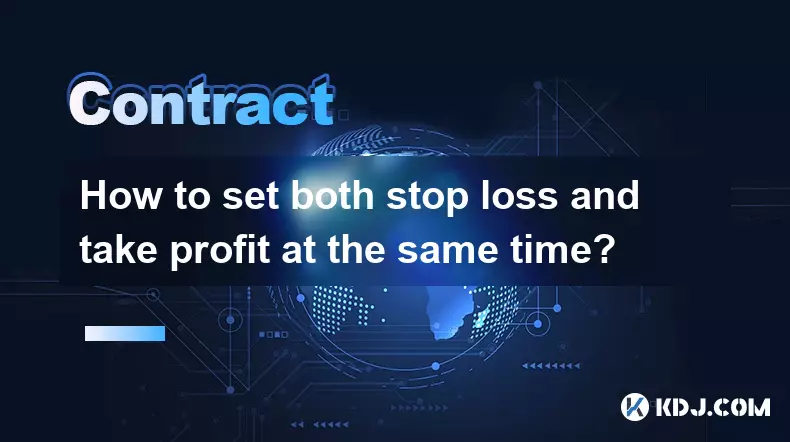
How to set both stop loss and take profit at the same time?
Sep 06,2025 at 04:36pm
Understanding Simultaneous Stop Loss and Take Profit Orders1. Placing both stop loss and take profit orders at the same time is a standard practice in...

What is copy trading for crypto futures?
Sep 07,2025 at 02:00am
What Is Copy Trading in Crypto Futures?1. Copy trading in crypto futures allows investors to automatically replicate the trades of experienced traders...
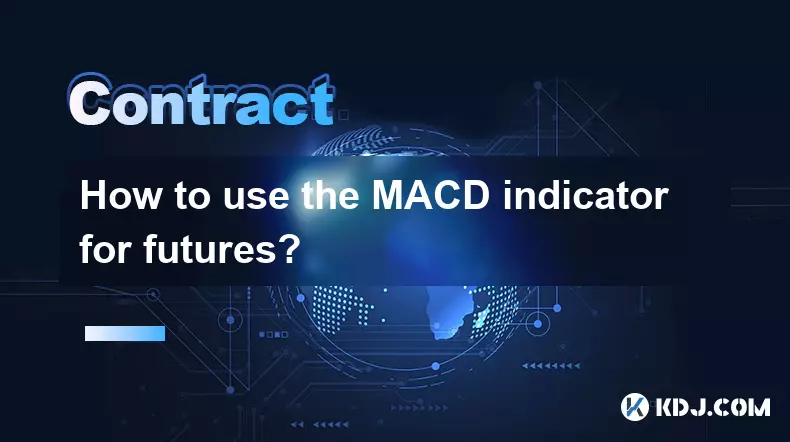
How to use the MACD indicator for futures?
Sep 07,2025 at 09:00pm
Understanding the MACD Indicator in Futures Trading1. The MACD (Moving Average Convergence Divergence) indicator is a momentum oscillator widely used ...

What to do if you are about to be liquidated?
Sep 06,2025 at 01:00am
Understanding Liquidation in the Crypto Market1. Liquidation occurs when a trader’s margin balance falls below the required maintenance margin, forcin...
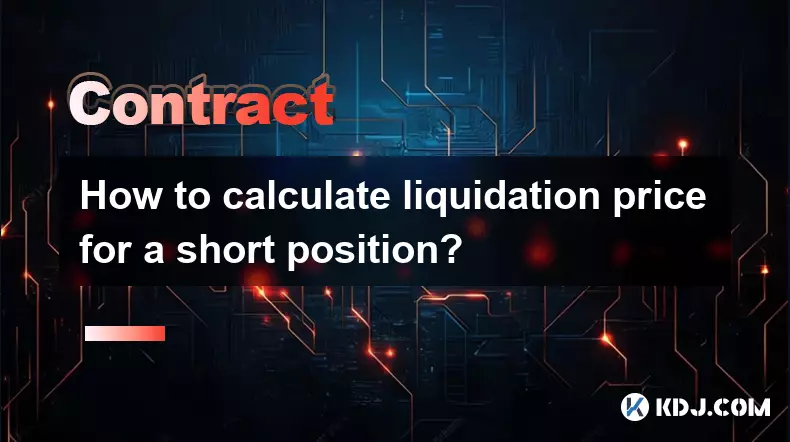
How to calculate liquidation price for a short position?
Sep 08,2025 at 03:54am
Understanding the Basics of Short Position Liquidation1. A short position in the cryptocurrency market involves borrowing an asset and selling it imme...
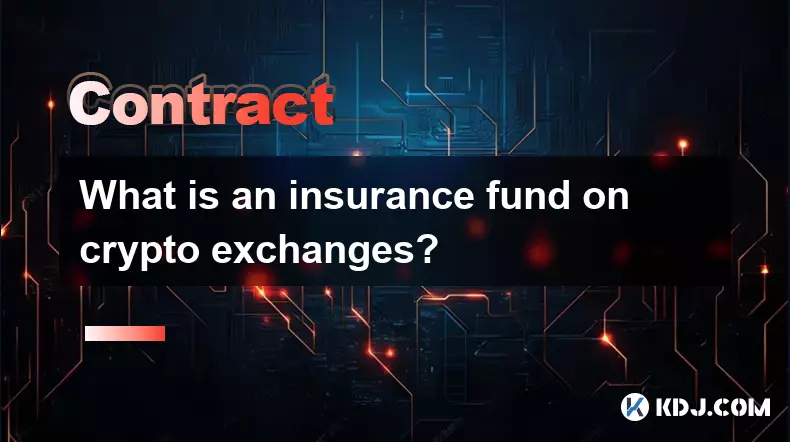
What is an insurance fund on crypto exchanges?
Sep 06,2025 at 03:36pm
Understanding the Role of Decentralized Exchanges in Modern Cryptocurrency Trading1. Decentralized exchanges (DEXs) have emerged as a cornerstone of t...

How to set both stop loss and take profit at the same time?
Sep 06,2025 at 04:36pm
Understanding Simultaneous Stop Loss and Take Profit Orders1. Placing both stop loss and take profit orders at the same time is a standard practice in...

What is copy trading for crypto futures?
Sep 07,2025 at 02:00am
What Is Copy Trading in Crypto Futures?1. Copy trading in crypto futures allows investors to automatically replicate the trades of experienced traders...

How to use the MACD indicator for futures?
Sep 07,2025 at 09:00pm
Understanding the MACD Indicator in Futures Trading1. The MACD (Moving Average Convergence Divergence) indicator is a momentum oscillator widely used ...

What to do if you are about to be liquidated?
Sep 06,2025 at 01:00am
Understanding Liquidation in the Crypto Market1. Liquidation occurs when a trader’s margin balance falls below the required maintenance margin, forcin...

How to calculate liquidation price for a short position?
Sep 08,2025 at 03:54am
Understanding the Basics of Short Position Liquidation1. A short position in the cryptocurrency market involves borrowing an asset and selling it imme...

What is an insurance fund on crypto exchanges?
Sep 06,2025 at 03:36pm
Understanding the Role of Decentralized Exchanges in Modern Cryptocurrency Trading1. Decentralized exchanges (DEXs) have emerged as a cornerstone of t...
See all articles





















